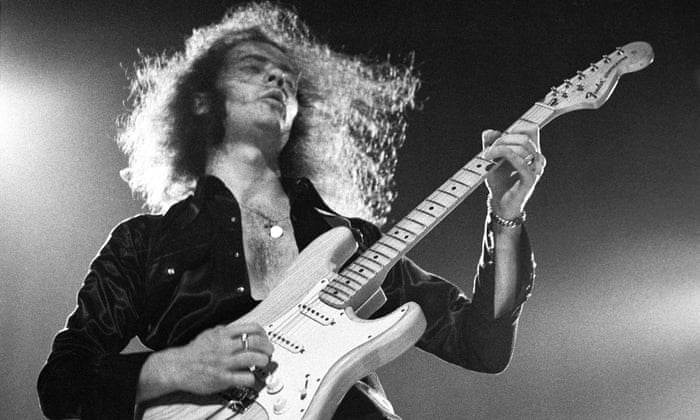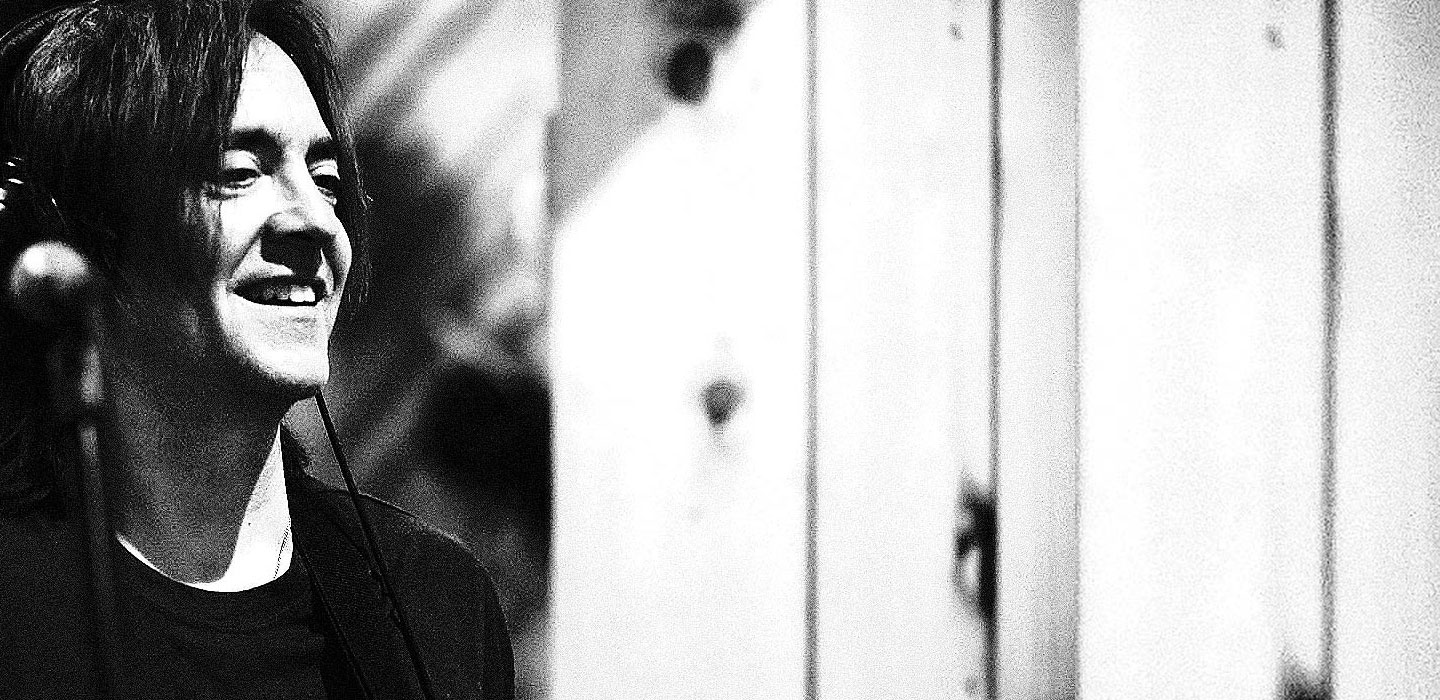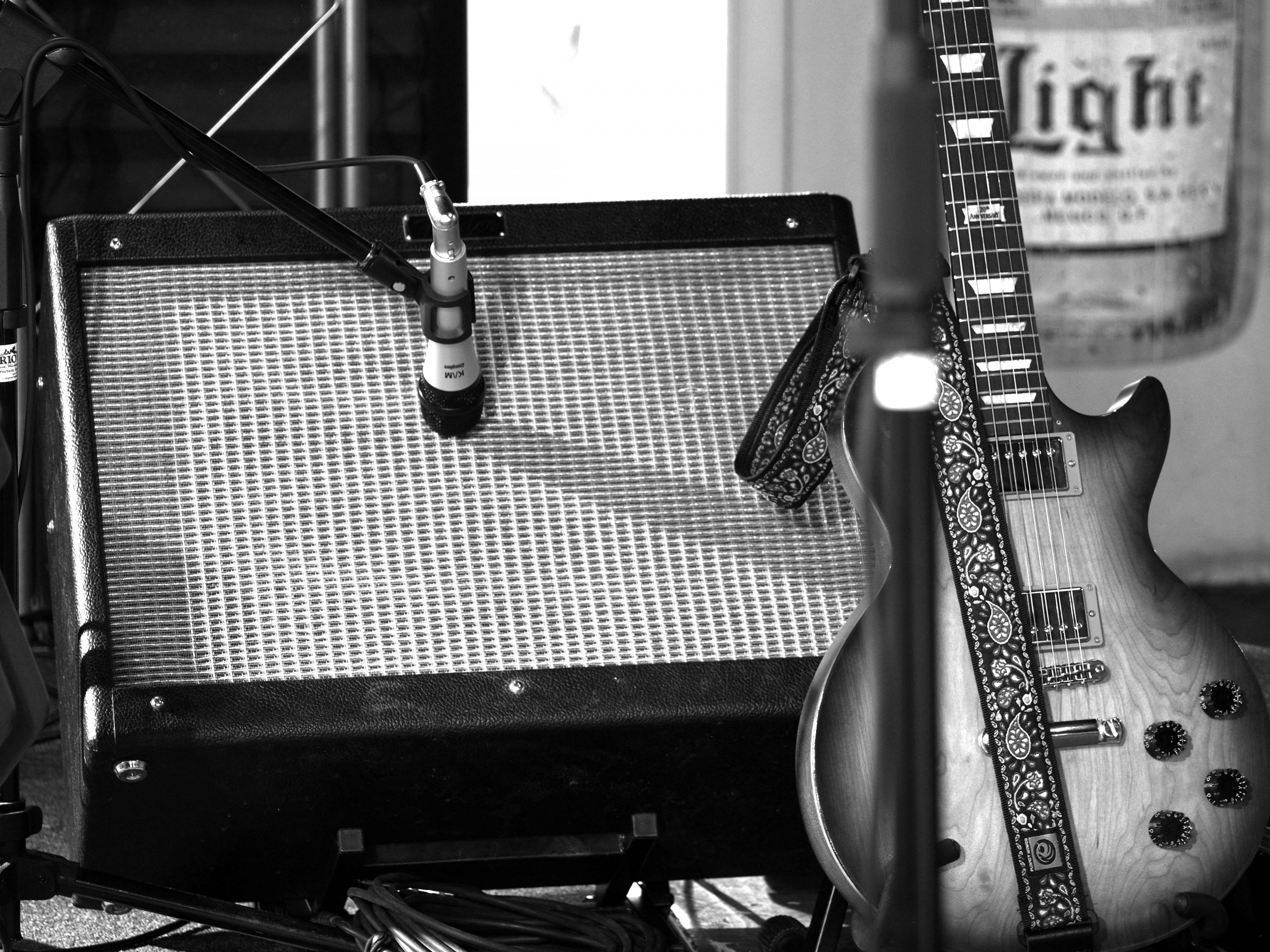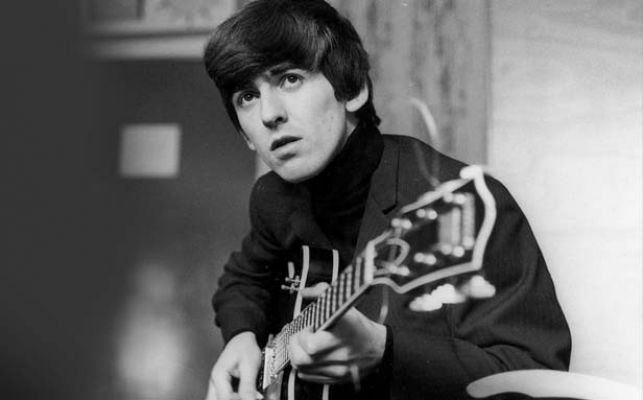If you were to learn how to improvise without using scales, how would you go about it? This the was the question I set out to answer over the last year or so, and the fruit of that research is our newest addition to the eBook family: Soloing without Scales. There’s a book by Carl Verheyen called, ‘Improvising without Scales’, which probably has one of the most misleading titles of all time! It’s actually just a bunch of Carl’s (very good) licks, and some advice on how to come up with lines and catalog them. This is a fantastic thing to do AFTER you’ve gotten your scales down, but doesn’t really provide enough to go on if you’re still in the process of learning scales, or want to learn how to improvise without scales. So, after much research, we came up with Soloing without Scales – which is in no way a misleading title!
The Focus Shift
The most noticeable thing that starts to happen when you lose the scale patterns is that your focus shifts directly onto the sound you’re making, and the connection between your ear and your fingers. Depending on how good your ear is to start with, this is a process of trial and error. I imagine the greats like Jeff Beck, Eric Clapton, EVH and many others going through much the same trial and error process; and more so if you consider that they had none of the technological advantages we have today. Records were difficult to get hold of, and they pretty much had to work everything out by ear—a classic trial and error process if ever there was one. After going through this process myself, I was then able to see the above greats in action in a different light; the way they move around the fretboard suddenly seemed more familiar, especially if you see some of their earlier stuff.
Fretboard Navigation
I decided early on to navigate the fretboard by reducing my thinking as much as possible. This meant only worrying about two things: the root note of the chord I was on, and the root note of the chord I was going to. This reduction in thinking also lends itself well to concentrating on the sound rather than endless patterns, and after playing through a ton of ‘trial and error’ stuff, leads to some pretty impressive stuff coming out—stuff you’d never have thought to play from the confines of patterns.
The Victor Wooten Connection
We looked at Victor Wooten’s philosophy on practicing back in this article, and for this book I fully embraced it. According to Victor it’s all about learning to express yourself on the instrument through trial and error. The endless practicing of scales breeds the, ‘fear of hitting the wrong note’, among musicians as if you practice any 5, 6, or 7 note scale you’re really telling yourself that there is a certain amount of ‘right’ notes, and a certain amount of ‘wrong’ notes, and these must be avoided at all costs. So how do you play wrong notes and get away with it? It’s all in the groove…
A note that grooves can never be a ‘wrong’ note. Couple this with a little advice from my first guitar teacher who responded as follows when I asked him about playing over changes:
‘Well, basically you can play anything you want over anything, as long as you resolve it’.
Fantastic advice… and very liberating. It was probably about 10 or so years later that I actually began to explore those wise words, and discover what groove was all about. And it’s so true, check out players like John Scofield, Vernon Reid and Allan Holdsworth; they play all the ‘wrong’ notes but their groove and audacity is unrelenting, and this is what makes them sound right.
What’s in the Book?
The objective of the book is to tie these concepts together through tasks that will challenge your ear, and push you to go outside the lines with confidence. We’ll look at how to groove, how to resolve through the vamping exercise, how to play over diatonic and non-diatonic changes, how to push outside the modes, symmetrical patterns and much more besides. There are also 15 backing tracks for you to practice the concepts over. You won’t find any scale patterns in this book, and although some of the tasks seem to be based on scales, the objective of them is to always push you outside of them and into the exciting territory of improvising using your ear, your heart, and your creativity.
Soloing without Scales is available here.



